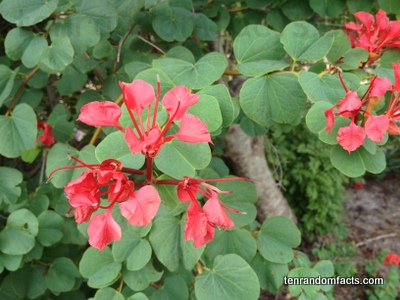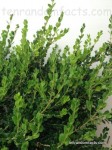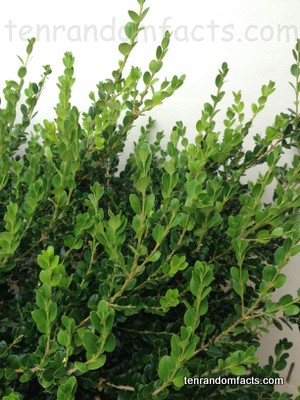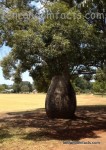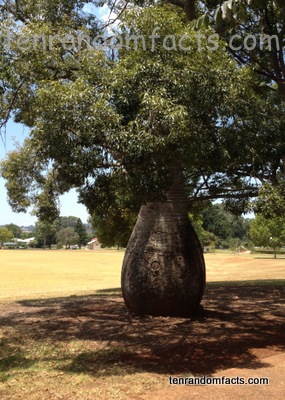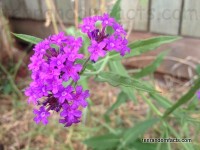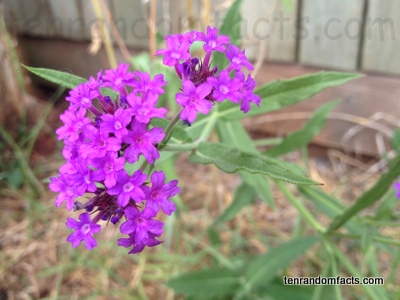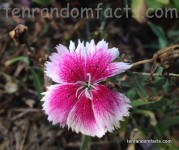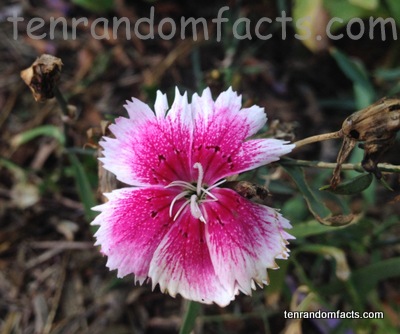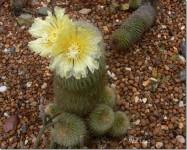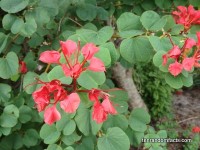
Red orchid bushes have red flowers and are bushes, but they are not orchids.
- ‘Red orchid bushes’ are also known as ‘red bauhinias’, ‘Pride of De Kaaps’, ‘orchid trees’, ‘nasturtium bauhinias’, ‘African orchid trees’ and ‘African plumes’.
- Red orchid bushes are from the family Fabaceae, which is the family of legumes, beans and peas, and their scientific name is ‘Bauhinia galpinii’.
- Red orchid bushes are clambering, evergreen perennial shrubs that are native to south and east Africa.
- Red orchid bushes have flowers 5 to 10 cm (2 to 4 inches) in diameter, with five petals and three large stamens, and are usually red, although pink and orange varieties are also available.
- Red orchid bushes generally grow to be a height of 3 to 5 metres (10 to 16.4 feet), but may climb higher with the support of other trees.
- Red orchid bushes generally bloom during spring, summer and early autumn, and follow with long green seed pods that turn brown and split open, releasing the seeds.
- Red orchid bushes are often used as an ornamental in gardens, and they prefer sunny or partly shady conditions.
- Red orchid bushes are a weed in some countries, including parts of Australia, as the seeds and cuttings are easily grown and spread by garden waste, water and garden trimmings, and the plants can be found on abandoned urban land, forest and woodlands.
- Red orchid bushes attract butterflies and bees, and the branches have been used for basket weaving and roof trusses.
- The green leaves of the red orchid bush are shaped a bit like a hoof, and are symmetrical with two lobes.
Bibliography:
Bauhinia galpinii, 2013, Wikipedia, http://en.wikipedia.org/wiki/Bauhinia_galpinii
Red bauhinia, n.d, Brisbane City Council, http://weeds.brisbane.qld.gov.au/weeds/red-bauhinia-bauhinia-galpinii




